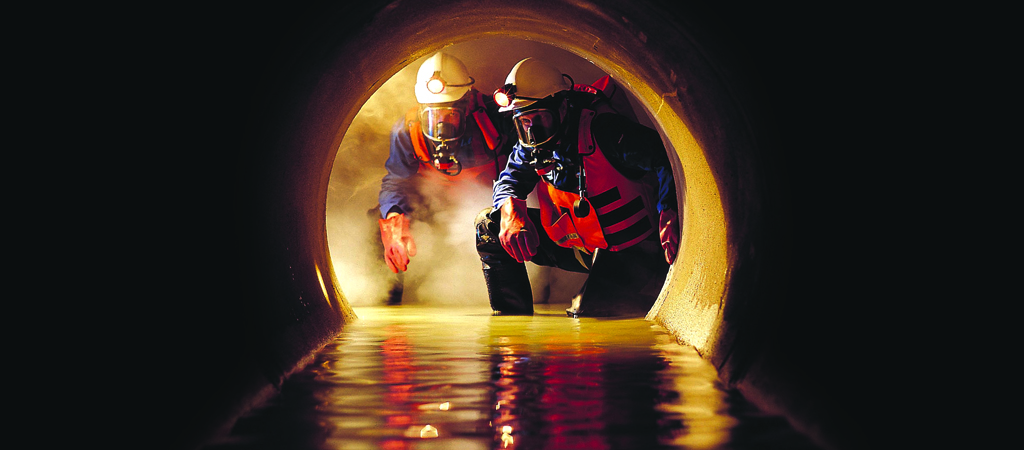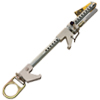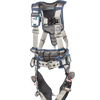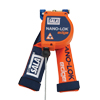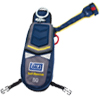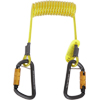Employers MUST have a rescue plan which either: promptly rescues a worker in the event of a fall or allows the employee to rescue themselves. Executing this plan may require a specialized rescue system designed for the application.
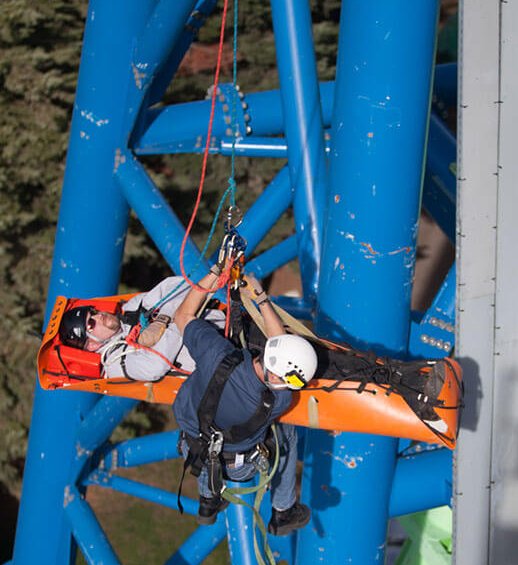
Rescue and Descent Devices
These systems include ascenders and descenders which lower the worker to safety if needed.
Rescue and descent devices allow a worker in trouble to be lowered back down to safety.

Confined Space Entry & Retrieval
When entering limited spaces, special equipment is often required to aid in rescue and recovery.
Confined space entry and decent can range from simple to complex based on the: size, shape and direction of your confined space.
What to consider with Rescue and Descent devices
There is no perfect rescue system for all scenarios, some are specific while others are a jack-of-all trades.
On top of all the technical considerations, the level of training required to use a piece of safety equipment should be looked at. Typically automatic devices require less training but are also less versatile than manual systems.
Consider if the device should be intuitive and usable by anyone or if the specific personnel should be trained for rescue.
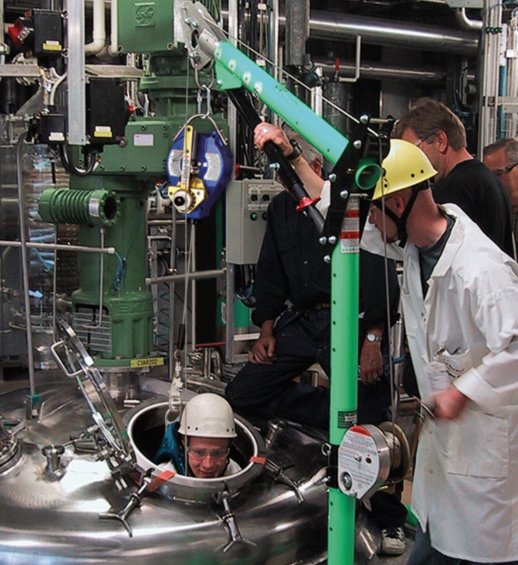
Automatic or User-controlled Descent?
These systems require the least training and knowledge by the user. Some systems allow the user or a co-worker to control the descent for added versatility.
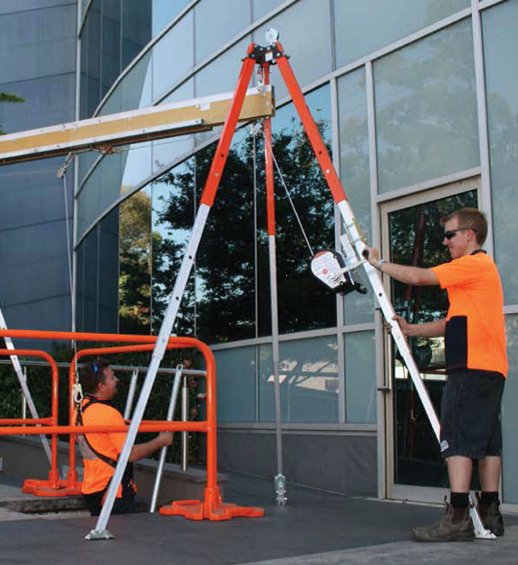
User or co-worker controlled descent
These systems require another worker to descend, connect to and rescue the fallen victim.

Maximum height of operation
Different devices have different maximum usable height based on design and performance.

Maximum number of users
Descent and rescue systems can typically accommodate one or two users at the same time.
3M Fall Protection Rescue and Descent Devices
There are a number of options when it comes to rescue and descent devices. Some are automatic, others are manual but they are all specialized equipment designed for the prompt rescue and decent.

Rollgliss™ R550
Allows for controlled descent, evacuation or the versitility of assisted rescue with lifting capabilites.

Rollgliss™ R350
Very controlled lowering system (finger + thumb) which is great for hauling. Ratios can be modified on the fly.
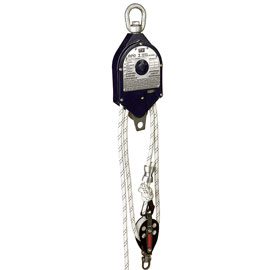
Rollgliss™ RPD
A simple, safe rescue system which allows for raising, lowering and positioning during normal work activities. Includes a speed-sensing lock as another layer of safety.

Rollgliss™ Rescumatic
Allows for safe, automatic controlled descent from overhead heights like buildings, towers and cranes. Safety lowers one or two workers at a comfortable controlled rate.
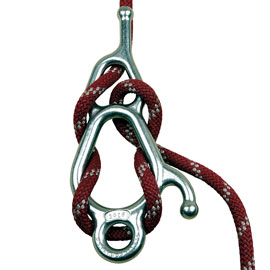
Rollgliss™ Fisk
A simple yet effective decent control system built for durability and thermal capacity.
Operators can tie off system and position themselves at specific heights.
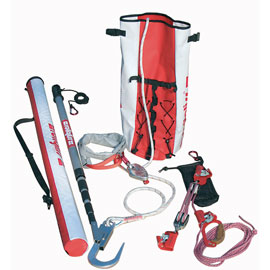
Rollgliss™ R250
A pole rescue system allows for quick and prompt removable of a worker in danger. The system can be transported in a backpack and setup in minutes.
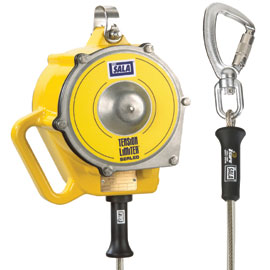
Sealed Tension Limiter
Connects between a suspended worker and a winch line. If the worker becomes entangled, the system deploys to minimize falling forces on worker and cues crane operator to STOP.
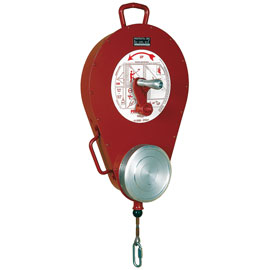
PRO™
Simple escape device built for durability and easy of use.
Choosing the right confined space equipment
When entering limited spaces, special equipment is often required to aid in rescue and recovery.
Confined space entry and decent can range from simple to complex based on the: size, shape and direction of your confined space.
When choosing your confined space equipment, pay attention to the direction of your confined space. Also consider whether or not your system will be used by a specific person or a number of employees.
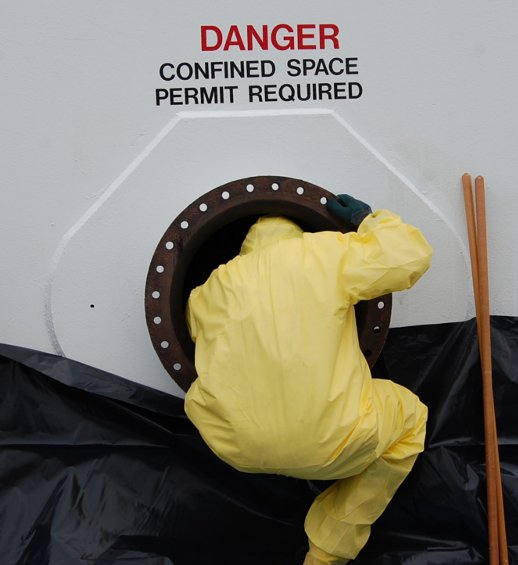
Vertical or Horizontal?
Vertical systems are ideal for vertical entrances like manholes, where as horizontal systems are ideal for side entrances like entering a tank.

Complexity of the system
There are one-piece tripods which are easy to setup and fit a variety of applications.
Alternatively, there are more complex systems which require more setup time but offer a bit more versatility with different arm sizes and base options.
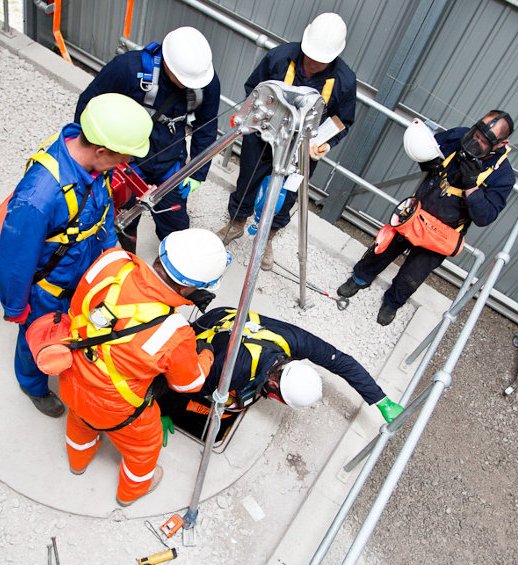
Portability
Temporary jobs will require lightweight and portable confined space equipment.
Permanent systems (davit and base) are ideal for high-traffic access areas like a vat or tank.
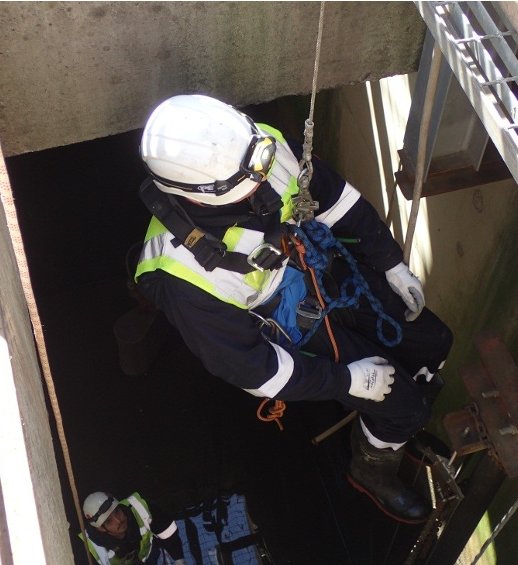
Mechanical Systems
Beyond simple lifeline type and length, there are mechanical devices which include man-rated winches and SRL’s
Confined Space Entry and Retrieval Systems
There are a number of systems specifically engineered with features for specific applications:

Davit Arm Systems
Preconfigured davit systems designed for flexability and can adapt to a variety of confined space entry/retrieval applications.

Davit and Base Components
Create your own system with a variety of davit masts, extensions and based for specific applications.
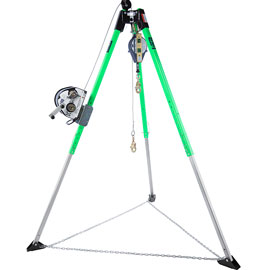
Tripod Systems
Ideal for standard manhole-type confined spaces. They are easy to setup, relocate and use.
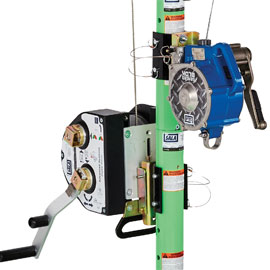
Winches
Used to retrieve an incapacitated worker. This is the most critical part of a rescue system.
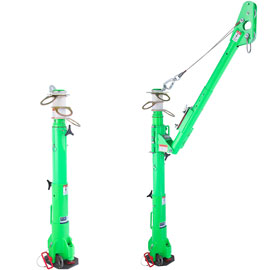
Fall arrest post/davit Systems
For use with up to three workers on top of transformers or other vertical platforms. Includes an optional davit for rescue operations.
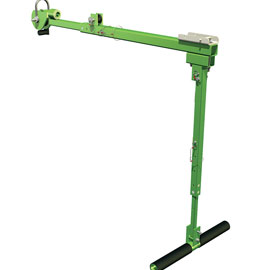
Pole hoist systems
Attaches with a carabiner to a suitable anchor point, allowing work in any direction.
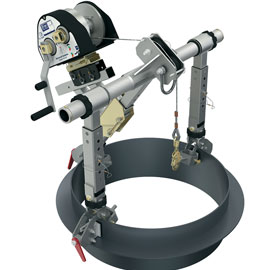
Tank pod systems
Designed to mount to tank entrance-ways with existing hardware.
Can be used with a variety of winders, ladder systems and fall arrest devices.
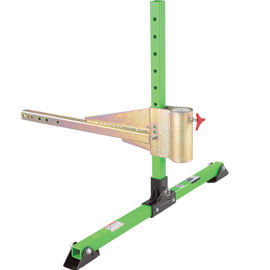
Vehicle hitch systems
Designed to install into a hitch receiver of vehicle and accommodate offset davit masts.
![FPUSA-1-300x172[1]](https://www.fallprotectionusa.com/wp-content/uploads/2024/03/FPUSA-1-300x1721-11.png)

